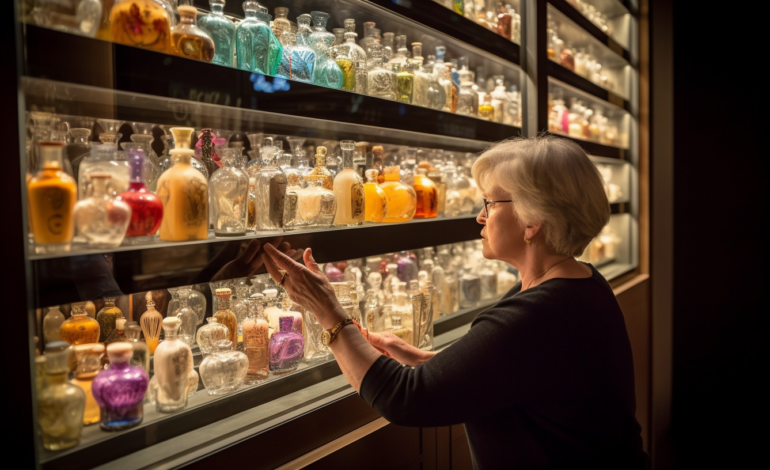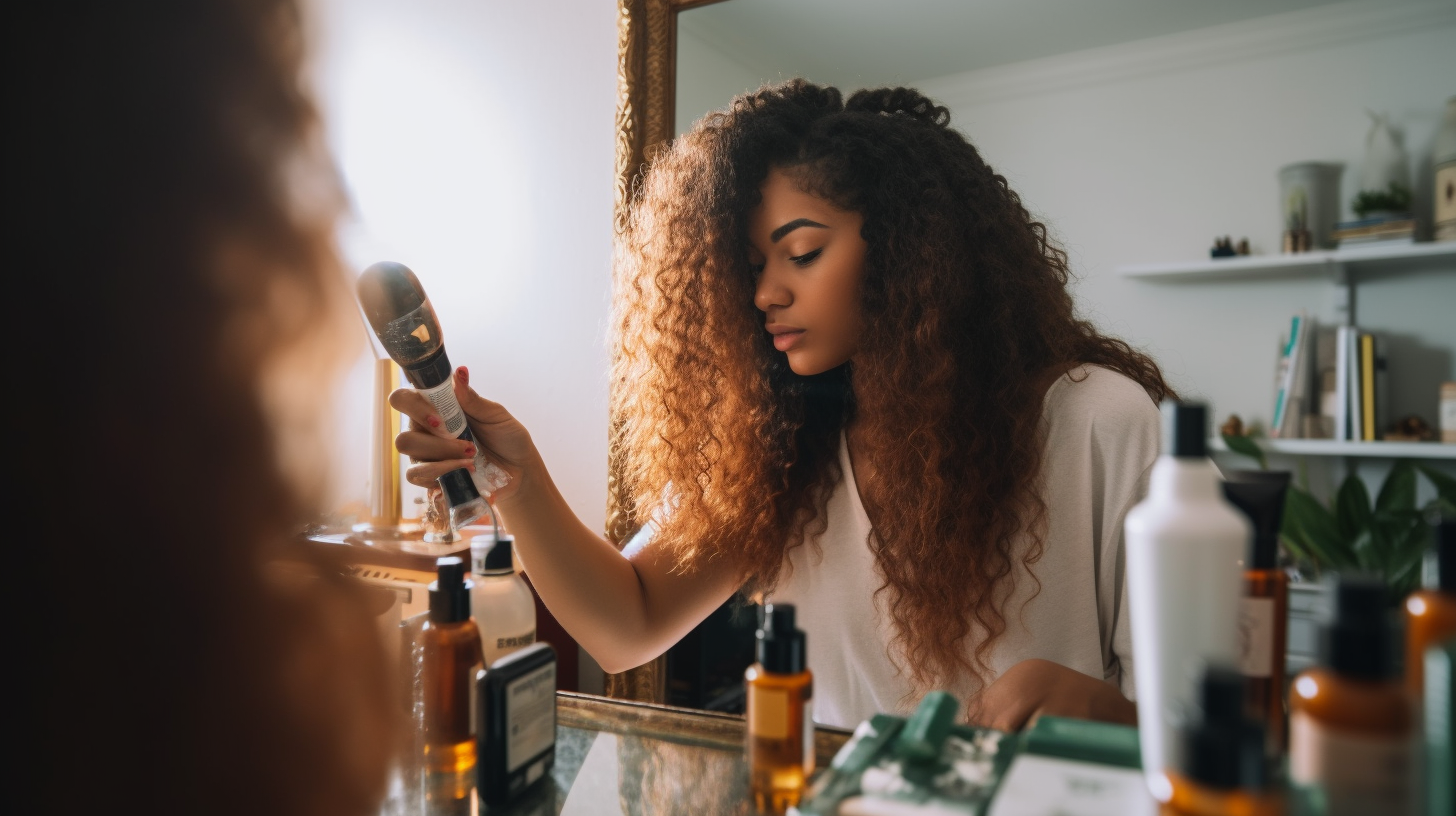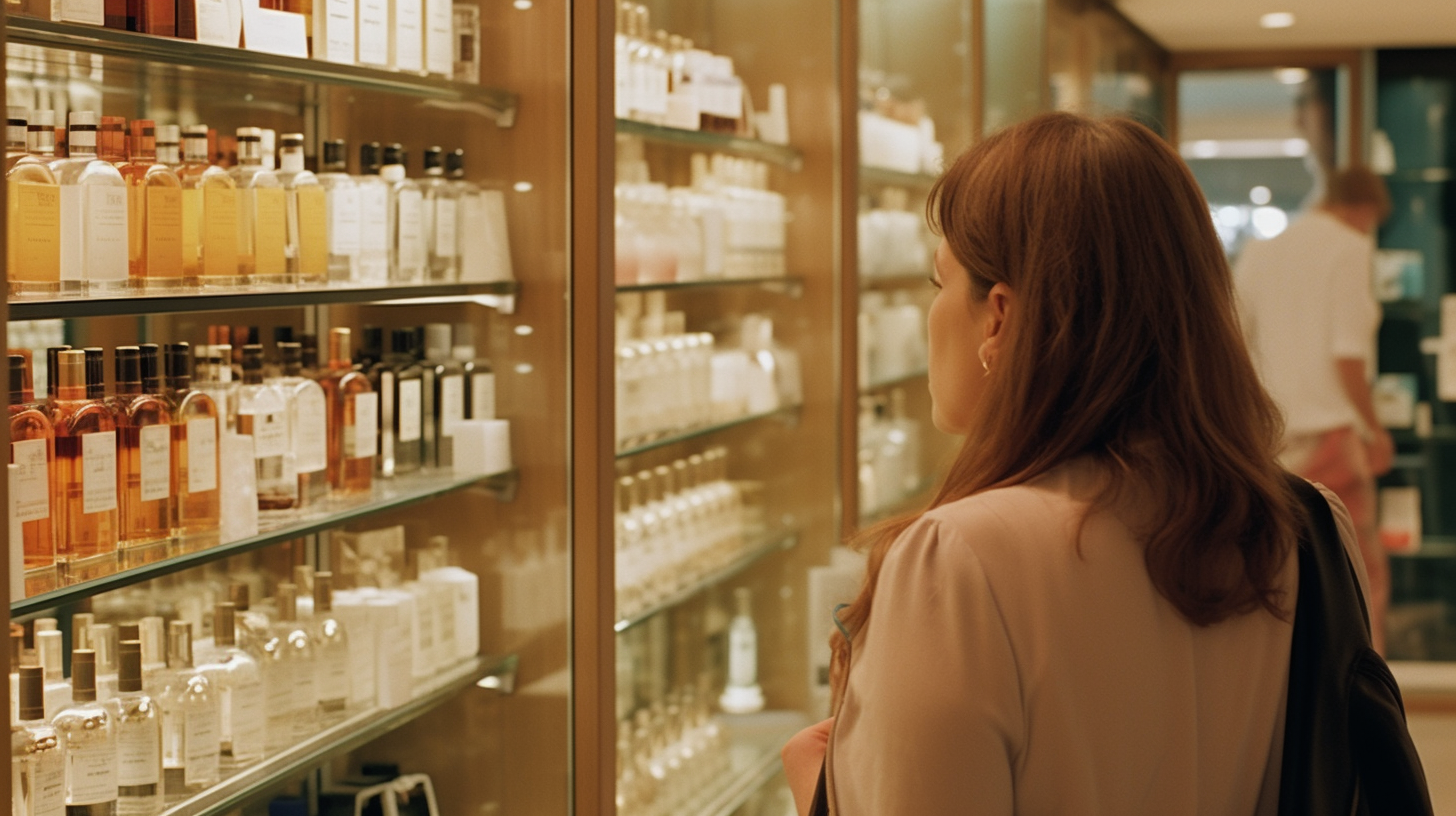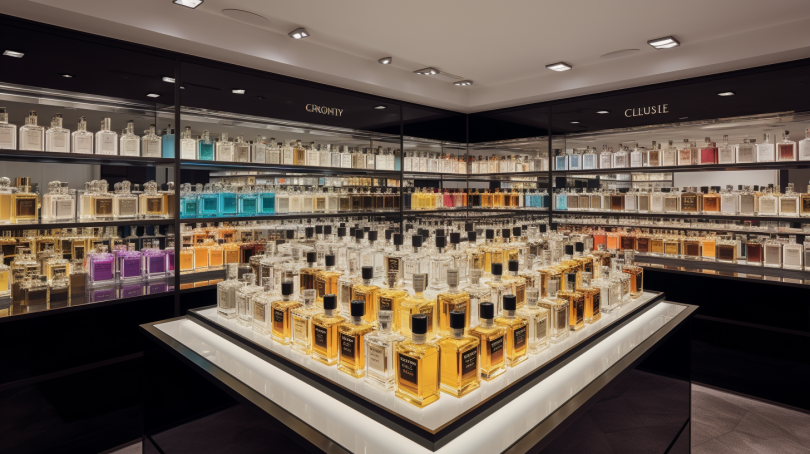
Exploring the Importance of Perfume Bottles in Fragrance Industry and Beyond
In the world of fragrances, the importance of perfume bottles cannot be understated. Perfume bottles play a crucial role in the fragrance industry and beyond, serving as not only containers for scents but also works of art, collectibles, and symbols of luxury. This article will explore the significance of perfume bottle design, how it has evolved over time, and its impact on our lives today.
A Brief History of Perfume Bottles
The history of perfume bottles can be traced back to ancient civilizations. The Egyptians were known for their ornate and decorative perfume vessels made from various materials such as glass, alabaster, and gold. They believed that fragrances had spiritual significance, and thus their containers needed to be equally luxurious. The Greeks and Romans continued this tradition by creating intricately designed glass vessels with a variety of shapes and sizes.
As perfumery spread across Europe in the Middle Ages, the design of perfume bottles became even more elaborate. Some were created from precious metals like gold and silver or adorned with gemstones to symbolize wealth and status. By the 18th century, crystal perfume bottles became popular as they showcased the beauty of the fragrances within.
Today’s perfume bottle designs are still influenced by these historical examples but now often incorporate modern materials like plastic or innovative technologies such as atomizers.
Perfume Bottles as Works of Art
Throughout history, many artists have recognized the potential of perfume bottles to serve as canvases for creativity. In fact, renowned artists like Salvador Dalí and Rene Lalique have designed iconic perfume bottles that are considered valuable collectors’ items today. These artistic creations not only capture the essence of a fragrance but also elevate it into something mesmerizing.
A perfect example is Lalique’s legendary “Le Baiser du Faune” perfume bottle, which features an intricate design of a faun kissing a nymph, embodying the sensuality and allure of the fragrance it contains. Similarly, Salvador Dalí’s “Le Roi Soleil” perfume bottle pays homage to Louis XIV, showcasing the artist’s surrealist vision while encapsulating the scent’s luxurious qualities.
The Role of Packaging in Marketing and Brand Identity
Perfume bottles play a significant role in marketing and establishing brand identity in the fragrance industry. A well-designed perfume bottle can evoke strong emotions and create a lasting impression, enticing potential customers to purchase and experience the fragrance within.
For example, Chanel No. 5 is not only famous for its iconic scent but also for its minimalist yet elegant glass bottle design. The simplicity of the design allows the focus to be on the luxurious fragrance itself, further solidifying Chanel’s position as a symbol of sophistication and refinement.
On the other hand, playful and youthful brands like Moschino often opt for quirky perfume bottle designs that reflect their fun-loving nature. Moschino’s “Fresh Couture” perfume is housed in a cheeky spray-bottle-like container, brilliantly subverting expectations while delivering an unforgettable visual impact.
Perfume Bottles as Collectibles
Many people collect antique or limited-edition perfume bottles as valuable works of art. These collectors appreciate not only the beauty of the bottles themselves but also their role in preserving cultural history and expressions of creativity throughout time.
Vintage perfume bottles are often sought after by collectors for their intricate designs, unique materials such as enamel or porcelain, and historical significance. Limited edition designer collaborations also attract collectors who wish to own exclusive pieces that merge fashion, artistry, and fragrance.
Sustainability Concerns
As the world becomes more conscious of the impacts of consumerism on the environment, many are calling for sustainable alternatives to traditional perfume packaging. Some fragrance brands have responded by offering refillable perfume bottles or using eco-friendly materials in their packaging.
For example, Thierry Mugler’s “Angel” perfume can be refilled at designated counters or using refill bottles, reducing waste while maintaining the iconic star-shaped bottle design. Luxury brand Chopard has also partnered with eco-conscious beauty brand La Bouche Rouge to create a sustainable and refillable perfume bottle made from recyclable glass and aluminum.
Conclusion
In conclusion, perfume bottles hold significant importance within the fragrance industry and beyond. They not only serve as functional containers for scents but also embody artistic expressions, cultural history, and brand identity. As concerns about sustainability continue to grow, it is crucial for the industry to adapt by considering environmentally friendly approaches to their packaging designs.
Ultimately, a beautifully crafted perfume bottle captures our imagination and connects us with the scent inside on an emotional level. Through their allure and artistry, these vessels elevate fragrances from mere olfactory experiences to powerful symbols of luxury, creativity, and emotion.






